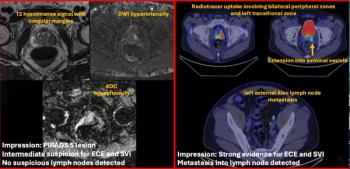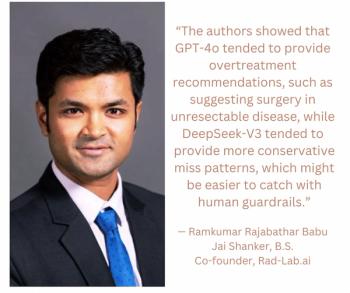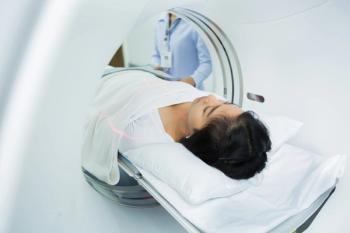Could artificial intelligence (AI) facilitate earlier detection of aortic abdominal aneurysm (AAA) on computed tomography (CT) scans and improved long-term follow-up in this patient population?
For a new retrospective study, recently published in the Annals of Vascular Surgery, researchers reviewed data for 316 patients who received CT scans prior to the implementation of adjunctive AI software (Aidoc) and 220 patients who were assessed with the combination of CT and adjunctive AI. The mean age of the total cohort was 78, according to the study.
The study authors found that 42 percent of patients had initial evaluation for AAA in the cohort that had adjunctive AI assessment in contrast to 18 percent with unassisted interpretation of CT scans.
In comparison to the group of patients with radiologist interpretation of CT scans, the researchers noted that adjunctive AI facilitated:
• nearly a fourfold reduction in the AAA evaluation timeline (83 days vs. 22 days);
• a higher percentage of long-term follow-up (30 percent vs. 45 percent); and
• a 34 percent higher percentage of appointments for long-term AAA monitoring (65 percent vs. 99 percent).
“ … The implementation of the AI-guided algorithm positively influenced several areas of AA care, including the initial evaluation, long-term follow-up, the timeline from initial imaging to appointments, and the time to repair for larger aneurysms,” wrote lead study author Valentyna Kostiuk, M.D., Ph.D., who is affiliated with the Department of Genetics at the Yale School of Medicine in New Haven, Ct., and colleagues.
Three Key Takeaways
- Adjunctive AI significantly accelerated AAA care timelines. Study authors noted a reduction of time from CT imaging to evaluation by up to fourfold and shortening time to surgical repair for large aneurysms (> 5 cm) from 270 to 58 days.
- AI-assisted interpretation markedly improved follow-up adherence. Those with adjunctive AI CT interpretation had higher rates of both long-term follow-up (45 percent vs. 30 percent) and scheduled monitoring appointments (99 percent vs. 65 percent) compared to unassisted CT review.
- Earlier detection and management trends were observed with AI integration. Researchers pointed out more frequent initial AAA evaluations and fewer aortic ruptures, suggesting the potential for improved patient outcomes.
The use of adjunctive AI reduced the time from index imaging to evaluation of patients with AAA < 4 cm by a mean of 45 days in contrast to unassisted CT interpretation (76 days vs. 121 days), according to the study authors. For patients with AAA > 4 cm, the researchers noted a 25-day mean reduction in the time between index imaging and evaluation (55 days vs. 80 days).
For patients with AAA > 5 cm, the researchers noted a 4.5-fold shorter time period from index imaging to surgical repair in the adjunctive AI cohort (58 days) in comparison to the cohort with unassisted CT interpretation (270 days).
“Although we did not demonstrate a direct statistically significant impact on aortic rupture prevention, we (noticed) a lower number of ruptures in (the) post-AI group. Since AAA rupture is one of the most serious and life-threatening complications, this reduction could be of particular importance,” emphasized Kostiuk and colleagues.
(Editor’s note: For related content, see “Study Examines CT-Based AI Detection of Incidental Abdominal Aortic Aneurysms,” “Improving Adherence to Best Practices for Incidental Abdominal Aortic Aneurysms on CT and MRI” and “Keys to Detecting Aortic Dissection: An Interview with Alan Braverman, MD.”)
Beyond the inherent limitations of a single-center retrospective study, the authors acknowledged a lack of adequate follow-up for AAA in some patients due to higher priority diagnoses such as malignancy and trauma.





























